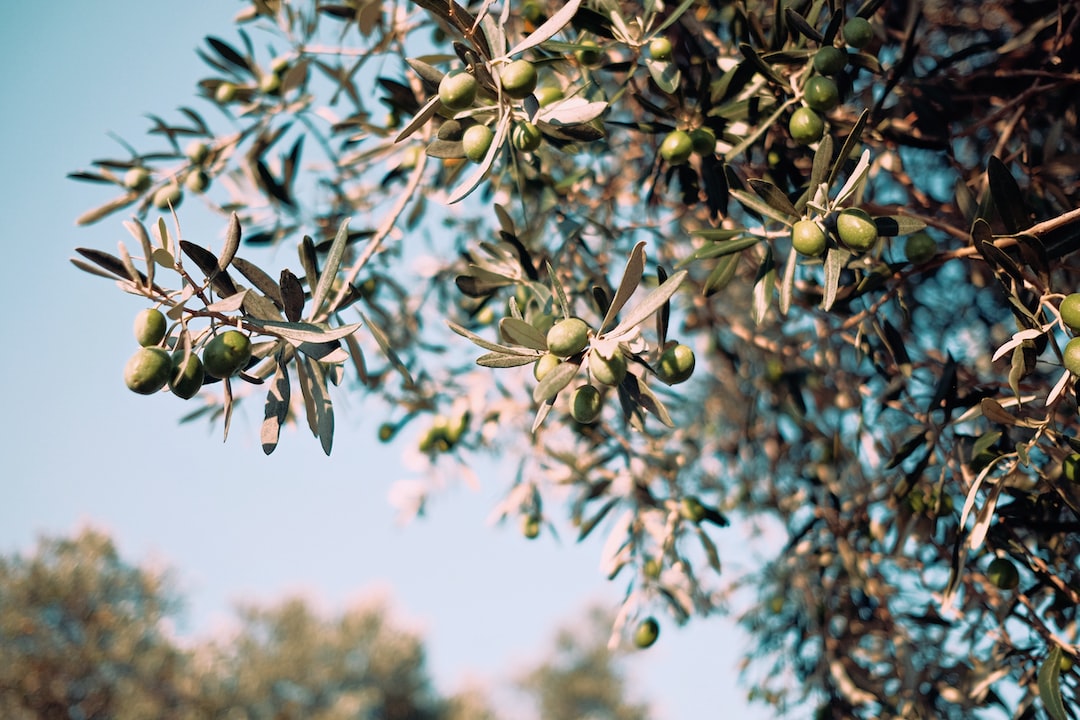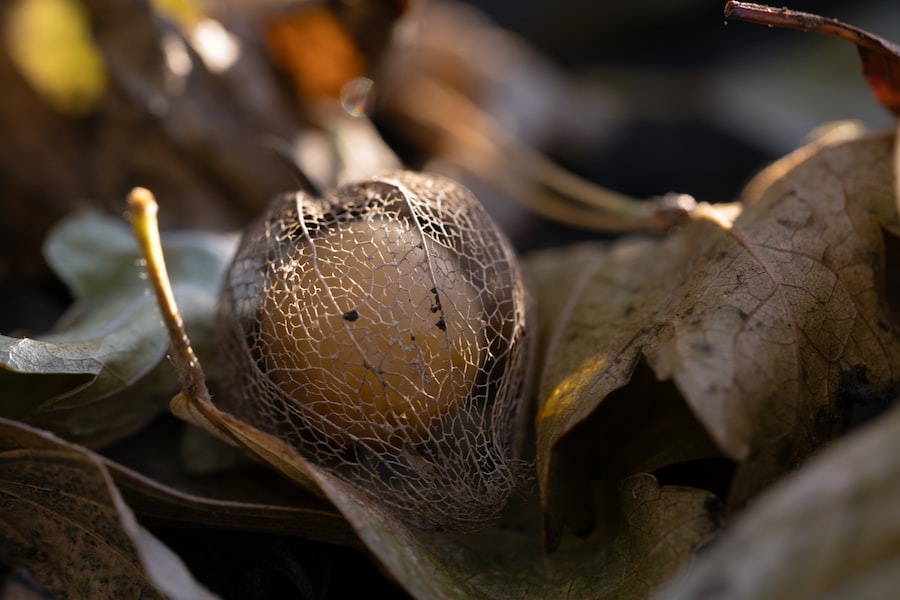Growing Your Own Loquat Tree: A Step-by-Step Guide to Planting and Nurturing Loquat Seeds

Loquat trees, also known as Eriobotrya japonica, are small to medium-sized evergreen trees that are native to China. They are popular for their delicious and nutritious fruits, which resemble small apricots or peaches. Loquat trees are not only beautiful additions to any garden or landscape, but they also offer a range of benefits for the home gardener.
One of the main benefits of growing loquat trees is the abundance of fresh, flavorful fruits they produce. The fruits are sweet and tangy, with a unique flavor that is often described as a combination of peach, citrus, and mango. They can be eaten fresh off the tree, used in various culinary dishes, or made into jams, jellies, and preserves.
There are several common varieties of loquat trees available for cultivation. Some popular varieties include ‘Big Jim’, ‘Golden Nugget’, ‘Champagne’, and ‘Mogi’. Each variety has its own unique characteristics, such as fruit size, flavor, and cold hardiness. It’s important to choose a variety that is well-suited to your climate and growing conditions.
Key Takeaways
- Loquat trees are a great addition to any garden or orchard.
- Choosing the right loquat seeds is important for a successful harvest.
- Preparing the soil properly is crucial for the health of your loquat tree.
- Planting your loquat seeds requires attention to detail and proper care.
- Watering, fertilizing, pruning, and protecting your loquat tree are all important steps in maintaining a healthy and fruitful tree.
Choosing the Right Loquat Seeds for Planting
When it comes to choosing loquat seeds for planting, there are a few factors to consider. First and foremost, it’s important to select seeds from a reputable source. This ensures that you are getting high-quality seeds that will have a better chance of germinating and producing healthy seedlings.
There are several places where you can buy loquat seeds. Local nurseries and garden centers often carry them, especially in areas where loquat trees are commonly grown. Online seed suppliers and specialty fruit tree nurseries are also good sources for loquat seeds.
When selecting loquat seeds, look for seeds that are plump and firm. Avoid seeds that are shriveled, discolored, or damaged. It’s also a good idea to choose seeds from a variety that is known to perform well in your climate.
Preparing the Soil for Your Loquat Tree
Loquat trees prefer well-draining soil that is rich in organic matter. Before planting your loquat tree, it’s important to test your soil to determine its pH level and nutrient content. This will help you make any necessary amendments to ensure optimal growing conditions for your tree.
To test your soil, you can purchase a soil testing kit from a garden center or send a sample to a professional soil testing laboratory. The results will provide you with valuable information about the pH level of your soil, as well as its nutrient levels.
Once you have the results of your soil test, you can make any necessary amendments to adjust the pH level and improve the nutrient content of your soil. Adding organic matter, such as compost or well-rotted manure, can help improve the structure and fertility of the soil.
Planting Your Loquat Seeds: Step-by-Step Guide
| Step | Description |
|---|---|
| Step 1 | Gather materials: loquat seeds, potting soil, container, water |
| Step 2 | Prepare the container by filling it with potting soil |
| Step 3 | Plant the loquat seed about 1 inch deep in the soil |
| Step 4 | Water the soil until it is moist but not soaked |
| Step 5 | Place the container in a warm, sunny location |
| Step 6 | Keep the soil moist by watering regularly |
| Step 7 | Wait for the loquat seed to germinate, which can take up to 6 weeks |
| Step 8 | Transplant the loquat seedling to a larger container or outside once it has grown a few inches tall |
The best time to plant loquat seeds is in the spring, after the danger of frost has passed. Before planting, soak the seeds in water for 24 hours to help soften the seed coat and improve germination.
To plant loquat seeds, start by filling a seed tray or small pots with a well-draining potting mix. Place one seed in each pot and cover it with a thin layer of soil. Water the pots thoroughly and place them in a warm, sunny location.
Keep the soil consistently moist but not waterlogged. Germination can take anywhere from two weeks to several months, so be patient. Once the seedlings have developed several sets of true leaves, they can be transplanted into larger pots or directly into the ground.
Caring for your loquat seedlings involves providing them with adequate sunlight, water, and nutrients. Loquat trees prefer full sun, so choose a location that receives at least six to eight hours of direct sunlight each day. Water the seedlings regularly, keeping the soil evenly moist but not waterlogged. Fertilize the seedlings every four to six weeks with a balanced fertilizer.
Watering and Fertilizing Your Loquat Tree
Proper watering is essential for the health and productivity of your loquat tree. Loquat trees have moderate water requirements and prefer consistently moist soil. However, they are also sensitive to overwatering, so it’s important to find the right balance.
During the growing season, water your loquat tree deeply once or twice a week, depending on the weather conditions. The goal is to keep the soil evenly moist but not saturated. Avoid allowing the soil to dry out completely between waterings, as this can stress the tree and affect fruit production.
In addition to regular watering, fertilizing your loquat tree is important for its overall health and productivity. Loquat trees have moderate nutrient requirements and benefit from regular applications of a balanced fertilizer. Apply a slow-release fertilizer in early spring and again in late summer or early fall.
It’s also a good idea to mulch around the base of your loquat tree to help conserve moisture, suppress weeds, and improve soil fertility. Apply a layer of organic mulch, such as wood chips or straw, around the base of the tree, taking care not to pile it up against the trunk.
Pruning and Training Your Loquat Tree

Pruning is an important aspect of loquat tree care. Regular pruning helps maintain the shape and size of the tree, promotes air circulation and sunlight penetration, and improves fruit production.
The best time to prune your loquat tree is in late winter or early spring, before new growth begins. Start by removing any dead or damaged branches. Then, thin out the interior of the tree to improve air circulation and sunlight penetration. Finally, prune back any long, leggy branches to encourage branching and a more compact growth habit.
Training your loquat tree involves shaping it into a desirable form. This can be done by selectively pruning and training the branches as the tree grows. Some common training methods include open-center pruning, central leader pruning, and espalier training.
Protecting Your Loquat Tree from Pests and Diseases
Like any fruit tree, loquat trees are susceptible to a variety of pests and diseases. Common pests that can affect loquat trees include aphids, scale insects, mealybugs, and fruit flies. Diseases that can affect loquat trees include fungal diseases such as powdery mildew and root rot.
To prevent pest and disease problems, it’s important to practice good sanitation in your garden. Remove any fallen leaves or fruit from around the base of the tree, as these can harbor pests and diseases. Regularly inspect your tree for signs of pests or diseases, such as discolored leaves, sticky residue, or distorted fruit.
If you do encounter pest or disease problems, there are several organic control methods you can try. For example, spraying the tree with a mixture of water and insecticidal soap can help control aphids and other soft-bodied insects. Neem oil is another effective organic pesticide that can be used to control a wide range of pests.
Harvesting and Storing Loquat Fruits
Loquat fruits are typically ready for harvest in late spring or early summer, depending on the variety and growing conditions. The fruits should be fully ripe before picking, as they do not ripen further once they are picked.
To harvest loquat fruits, gently twist or cut them from the tree when they are fully colored and slightly soft to the touch. Avoid pulling on the fruit, as this can damage the tree or cause the fruit to split.
Once harvested, loquat fruits can be stored at room temperature for a few days. If you need to store them for longer, place them in a plastic bag and store them in the refrigerator. Loquat fruits can be kept in the refrigerator for up to two weeks.
Using Loquat Fruits in Cooking and Recipes
Loquat fruits are not only delicious to eat fresh, but they can also be used in a variety of culinary dishes. They can be added to fruit salads, used as a topping for yogurt or ice cream, or made into jams, jellies, and preserves.
One popular way to use loquat fruits is to make a refreshing loquat sorbet. Simply blend the fruits with some sugar and lemon juice, then freeze the mixture until firm. Another delicious option is to make loquat chutney, which can be served with grilled meats or used as a condiment for sandwiches.
In addition to their culinary uses, loquat fruits are also packed with nutritional benefits. They are a good source of dietary fiber, vitamin A, vitamin C, and potassium. They also contain antioxidants that help protect against oxidative stress and inflammation.
Enjoying the Fruits of Your Labor with Your Own Loquat Tree
Growing your own loquat tree can be a rewarding experience. Not only do you get to enjoy the beauty of the tree itself, but you also get to savor the delicious and nutritious fruits it produces.
By following the steps outlined in this article, you can successfully grow and care for your own loquat tree. From choosing the right seeds to harvesting and using the fruits, each step is important in ensuring the health and productivity of your tree.
So why not give it a try? Planting a loquat tree in your garden or landscape can provide you with years of enjoyment and a bountiful harvest of tasty fruits. With a little time and effort, you can enjoy the fruits of your labor with your very own loquat tree.
If you’re interested in learning how to grow a loquat from seed, you might find this article from Lawn World helpful. They provide a comprehensive guide on the process, including step-by-step instructions and tips for success. Check out their article on how to grow a loquat from seed to get started on your own loquat-growing adventure.



